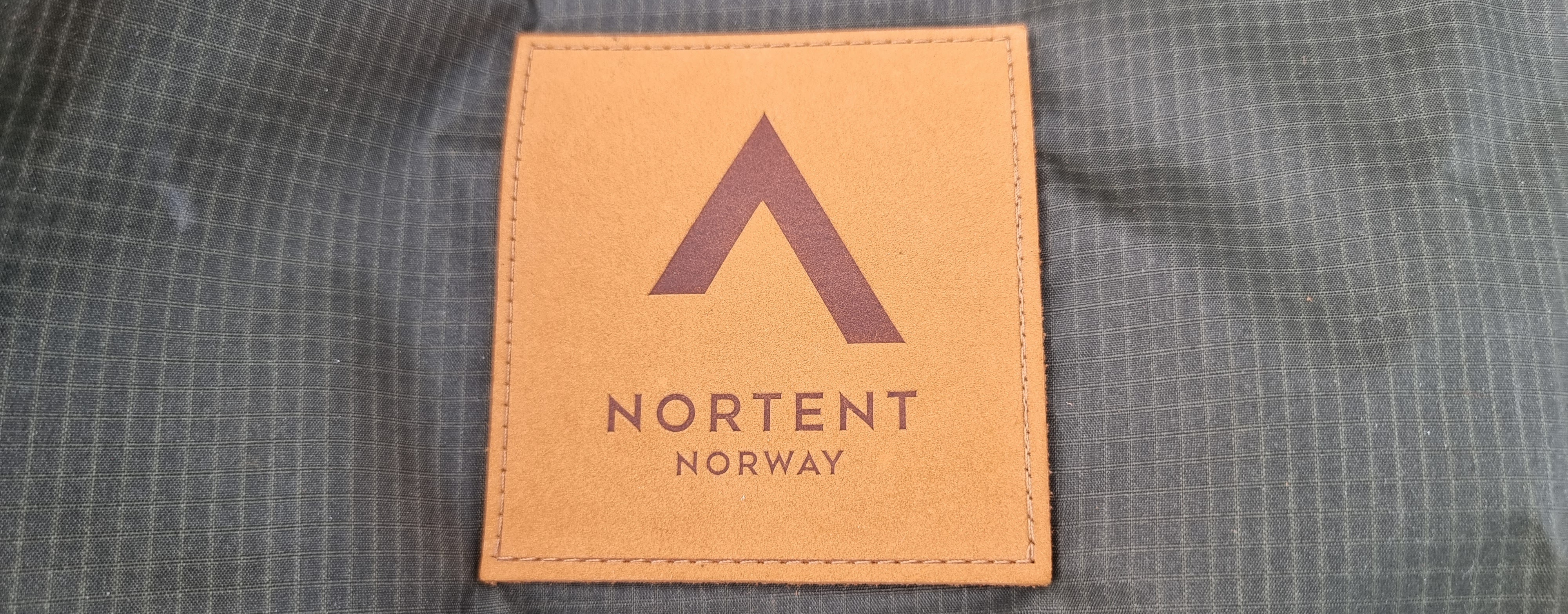Understanding Waterproof Ratings in Tents
When it comes to assessing the waterproof properties of tents, the terminology and measurements that manufacturers use can seem somwhat difficult to understand. Let's demystify these terms so they're easier to comprehend.
PU (Polyurethane) Coating:
When a tent is described as PU5000 mm, it indicates that the material has a Polyurethane coating enhancing its waterproofness. The "5000 mm" specifies the tent's waterproof rating, denoting its capacity to endure a water column of 5000 millimeters in height without leakage. Essentially, the fabric can resist the pressure of water up to 5 meters high before seeping occurs.
HH (Hydrostatic Head):
The "hydrostatic head" measurement is another indicator of fabric waterproofness. For example, in our tents, we apply PU primarily to the floor, demanding high water resistance due to direct ground contact and pressure. On the other hand, the flysheet, or outer layer, is crafted from silicone-treated nylon. This silicone isn't just a surface layer; it penetrates and bonds with the fabric, enhancing waterproofness while maintaining flexibility and durability.
So, an HH3000 mm rating for our flysheet signifies it can bear a 3000 mm tall water column before water penetrates. We use the HH term specifically for silicone-treated nylon, known as silnylon. Conversely, a PU4000mm label denotes a Polyurethane-coated fabric capable of a 4000 mm water column resistance.
In essence, these PU and HH indicators are crucial for gauging the waterproof capacity of tent materials.
Longevity of Waterproof Coatings:
It's important to note that PU coatings, despite starting with high hydrostatic head values, tend to deteriorate over time. That's why these tents often begin with a higher HH—to ensure lasting waterproofness, even though a modest HH of 500-600 mm would be adequate against all weather conditions. This principle also applies to waterproof jackets, which may start with a factory HH rating of 15000-20000 mm to account for gradual coating decline.
Given that PU can severely diminish a fabric's tear strength—by up to 75%—we avoid using it for our flysheets. To compensate for PU's weakness, a much thicker fabric would be required, adding unwanted weight to the tent.
Silicone-treated Fabrics:
In contrast, silicone treatments are far more enduring, preserving their waterproof quality over many more years, which renders high HH numbers less critical. This lasting effectiveness means that a 3000 mm silicone-coated fabric can outperform a 5000 mm PU-coated material over time due to PU's decreasing efficacy. Our polycotton fabric, for example, has a modest HH rating of 700 mm, but since the waterproofing is inherent in the fibers, this rating remains consistent over the years.
The hydrostatic head rating of a fabric's coating can decrease over time due to several factors:
1. Wear and Tear
Regular use of a coated fabric can lead to micro-abrasions on the surface. For example, the repeated folding of a tent will wear away the coating, leading to a reduction in the fabric's ability to repel water.
2. UV Exposure
Prolonged exposure to ultraviolet (UV) light can degrade many materials, including the coatings on waterproof fabrics. UV radiation can break down chemical bonds in the coating, leading to a loss of waterproofness over time.
3. Dirt and Oils
Accumulation of dirt, oils, and other substances can clog the pores of the fabric's coating or create a layer over it, reducing its effectiveness.
4. Chemical Damage
Exposure to harsh chemicals, either from the environment or from cleaning agents, can break down the coating on a fabric. Certain detergents and solvents can be particularly damaging if they're not specifically designed to be safe for use on waterproof materials.
5. Hydrolysis
Hydrolysis is a chemical process that can occur in the presence of moisture and heat, leading to the decomposition of the waterproof coating. Some coatings are more susceptible to hydrolysis than others (for example PU), and this can reduce the hydrostatic head over time.
6. Flexing and Stretching
The physical stress from flexing and stretching can also weaken the bond between the fabric and its coating. Over time, such stress can cause cracks and peeling, which allow water to seep through.
7. Production Quality
The initial quality and application of the coating also play a role. Imperfections or inconsistencies in the coating process can lead to areas that are more prone to degradation, which may not be apparent until the fabric has been in use for some time.
8. Storage Conditions
How the fabric is stored when not in use can also affect the longevity of its waterproof coating. Storing fabric in a damp, hot, or otherwise unfavorable environment can accelerate the degradation processes mentioned above.
9. Aging
Over time, all materials degrade due to various physical and chemical processes. This natural aging can lead to a gradual decrease in the hydrostatic head rating as the integrity of the waterproof coating deteriorates.
In conclusion, the hydrostatic head for the coating on fabric decreases over time due to a combination of mechanical, chemical, and environmental factors. All the listed points above are by far more vulnerable with the PU-coating compared with silicone-coating. Understanding these factors can help you to take steps to maximize the lifespan, such as choosing the right coating and high-quality materials, using appropriate cleaning agents, and storing the materials properly when not in use















